Exploring uncharted territories has always been a thrilling endeavor for adventurers. These brave souls document the world’s most mysterious and challenging regions, providing invaluable insights. This article delves into some of the most intriguing uncharted territories explored by adventurers, revealing the awe-inspiring beauty and daunting challenges they encountered.
The Amazon Rainforest
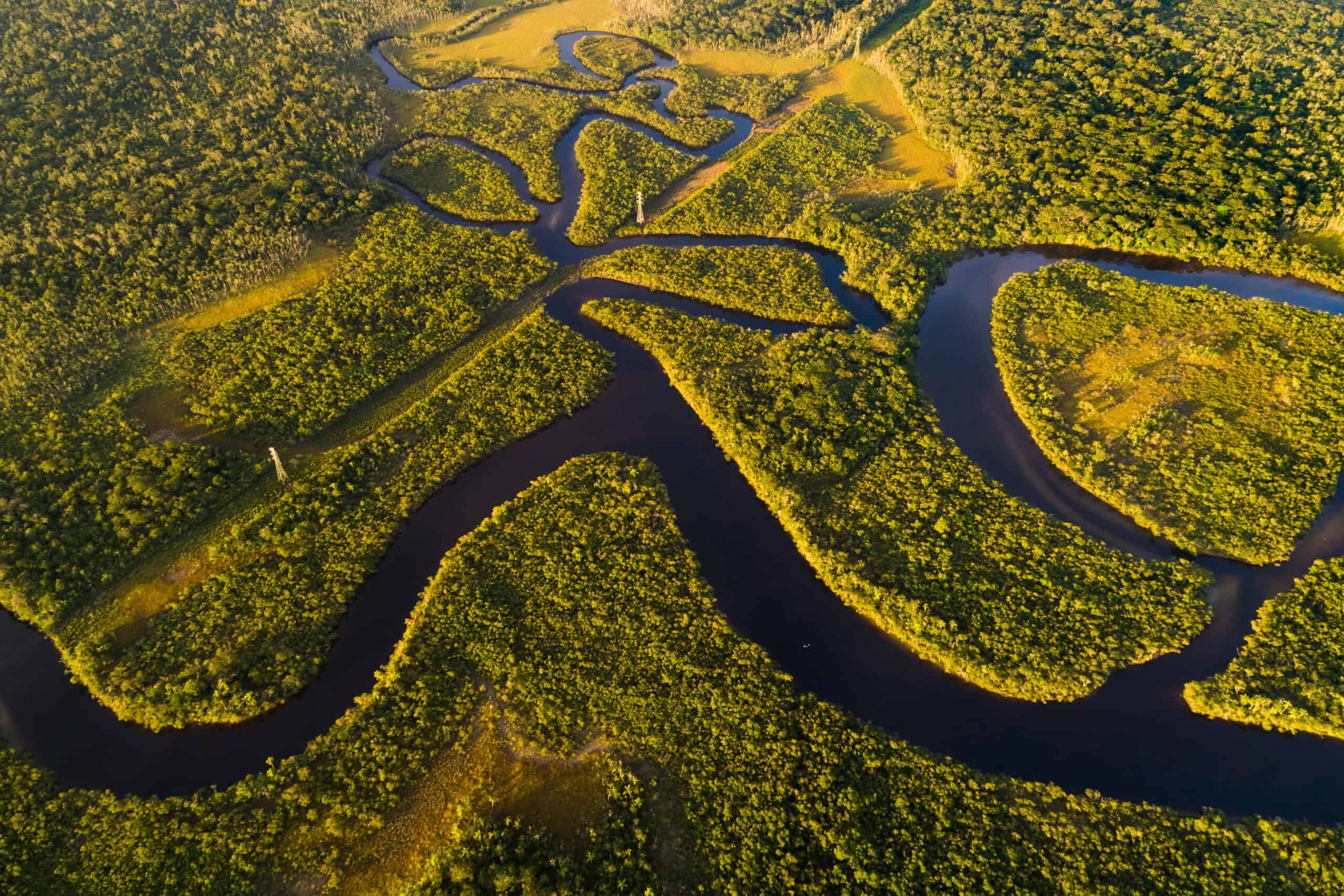
The Amazon Rainforest is a vast, dense jungle spanning several countries in South America. It’s home to an incredibly diverse array of flora and fauna, many of which are still undiscovered. Rivers meander through this lush green expanse, creating a labyrinthine waterway system. Adventurers face many obstacles here, from dense foliage to dangerous wildlife. This region’s sheer size and biodiversity make it a continuous subject of exploration. Navigating through the thick canopy can be a daunting task. Despite the challenges, the Amazon remains a treasure trove of natural wonders and undiscovered species.
The Gobi Desert
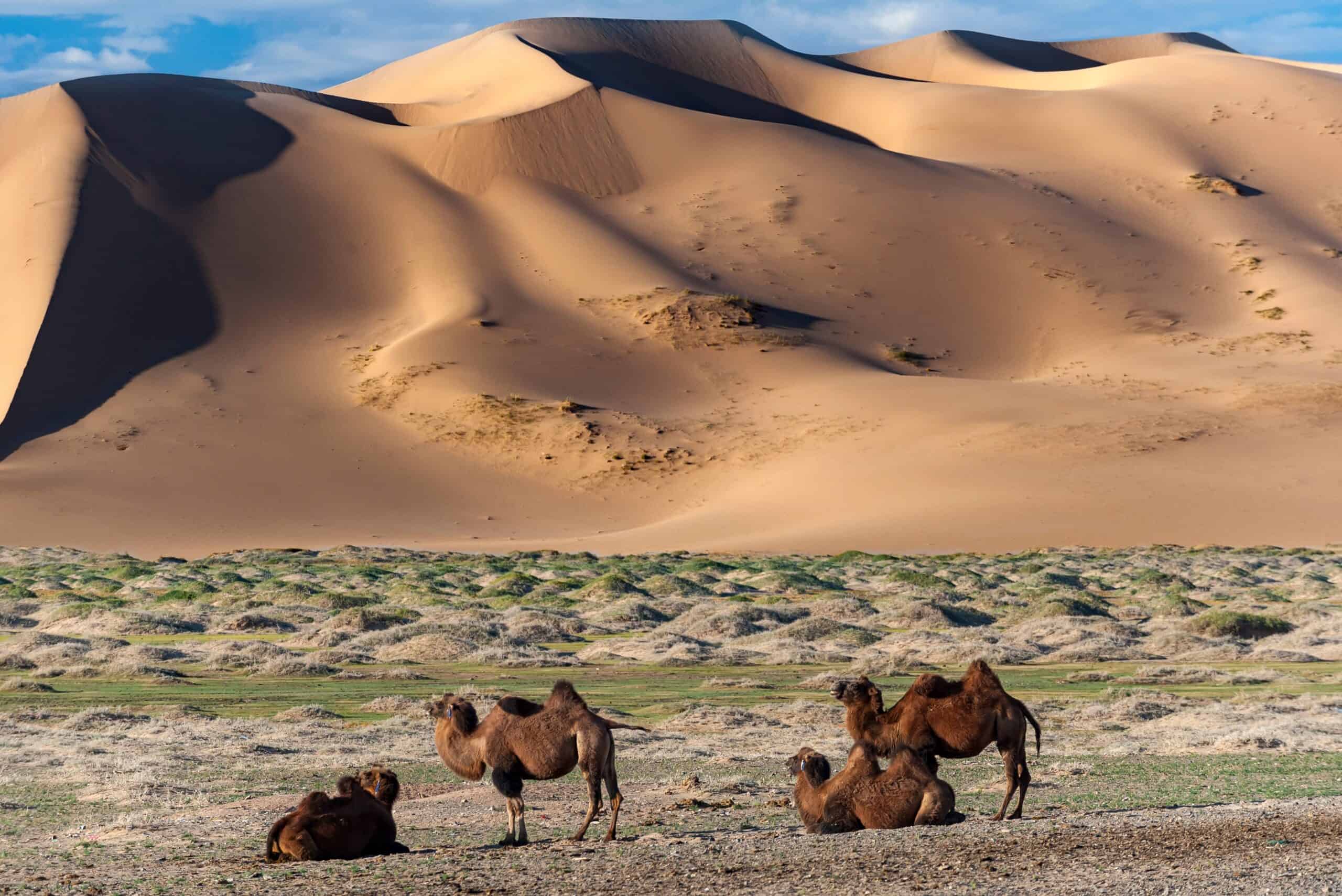
The Gobi Desert stretches across northern China and southern Mongolia, presenting a stark, arid landscape. This desert is known for its extreme temperatures, ranging from scorching heat in summer to freezing cold in winter. Sand dunes, rocky outcrops, and sparse vegetation define the Gobi’s terrain. Explorers often contend with limited water sources and harsh weather conditions. The desert’s vastness and desolation create an eerie, yet fascinating backdrop for exploration. It remains a formidable yet alluring destination for those seeking adventure.
The Arctic Tundra
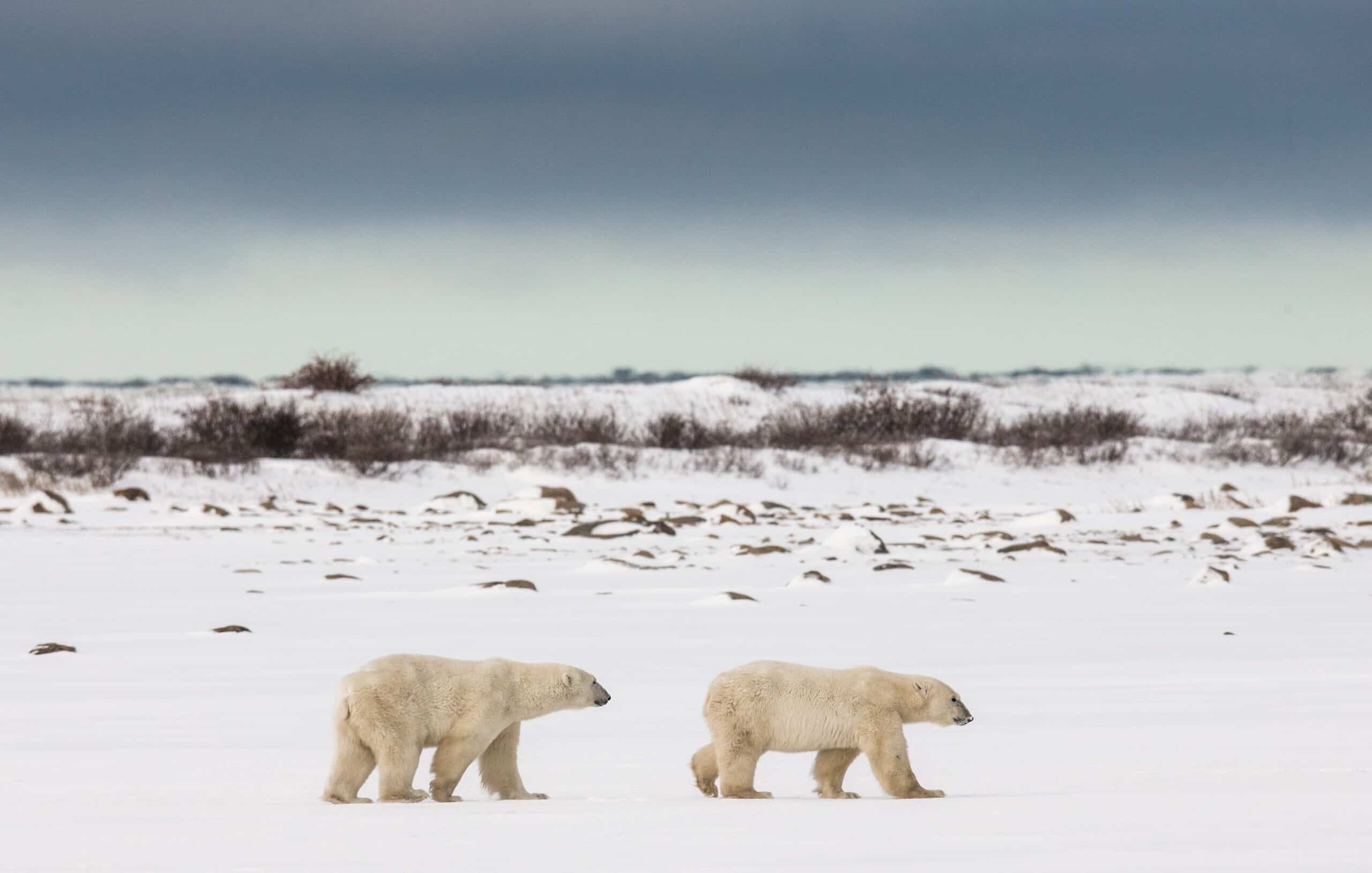
The Arctic Tundra is a cold, barren region stretching across the northernmost parts of the globe. It’s characterized by permafrost, low temperatures, and minimal vegetation. This inhospitable environment presents significant challenges for explorers. Harsh winds, freezing temperatures, and limited daylight in winter make survival difficult. Explorers often document these animals and their adaptations to the extreme cold. The landscape is stunning, with vast ice fields, glaciers, and snow-covered mountains.
The Sahara Desert
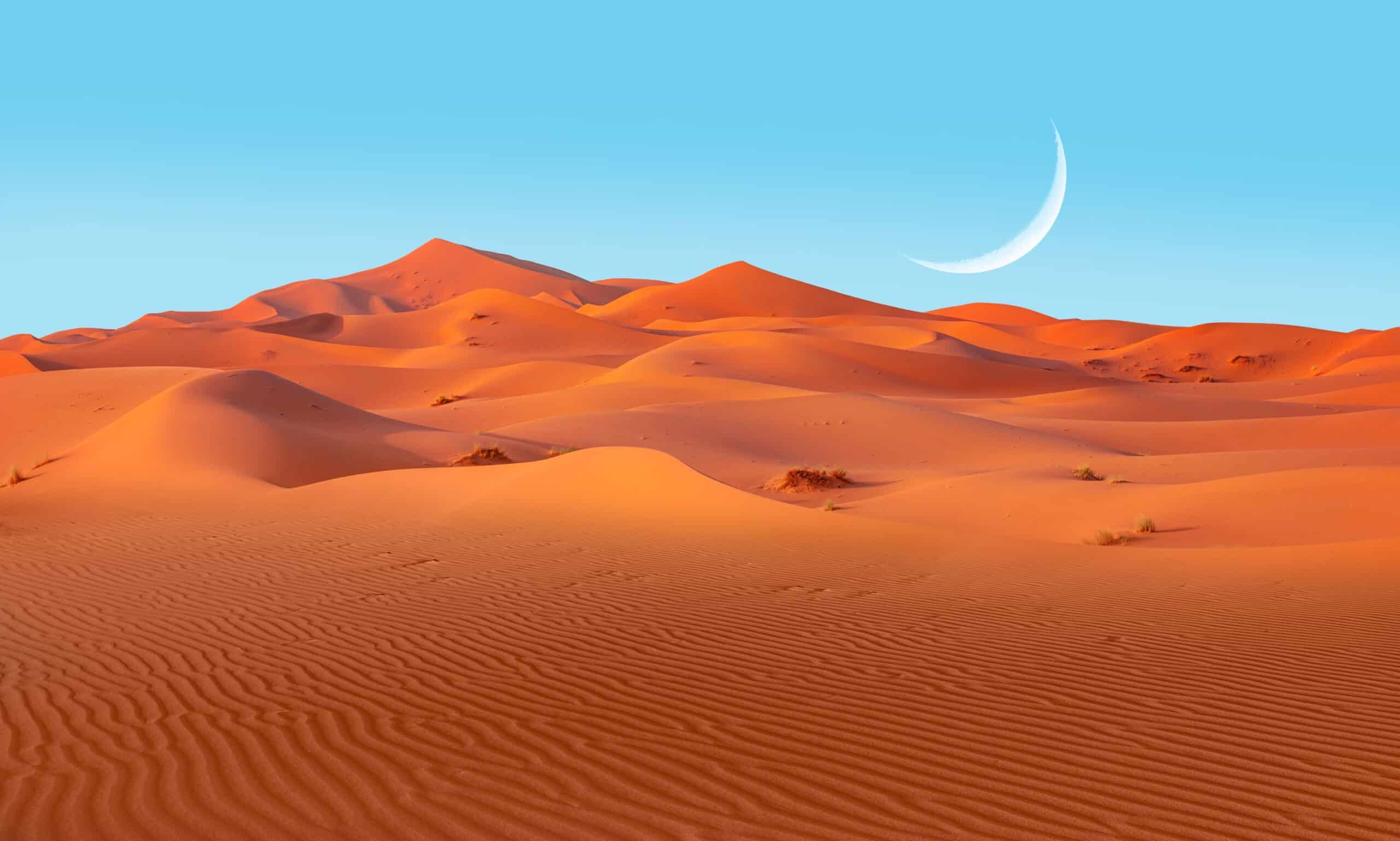
The Sahara Desert is the world’s largest hot desert, spanning much of North Africa. Its vast expanse features towering sand dunes, rocky plateaus, and sparse oases. Temperatures can soar during the day and plummet at night, posing significant challenges for explorers. The desert’s harsh environment requires careful preparation and resilience. Adventurers often uncover remnants of lost civilizations, adding to the desert’s allure. The Sahara’s vastness and beauty make it a captivating destination for exploration, despite its formidable conditions.
The Congo Basin
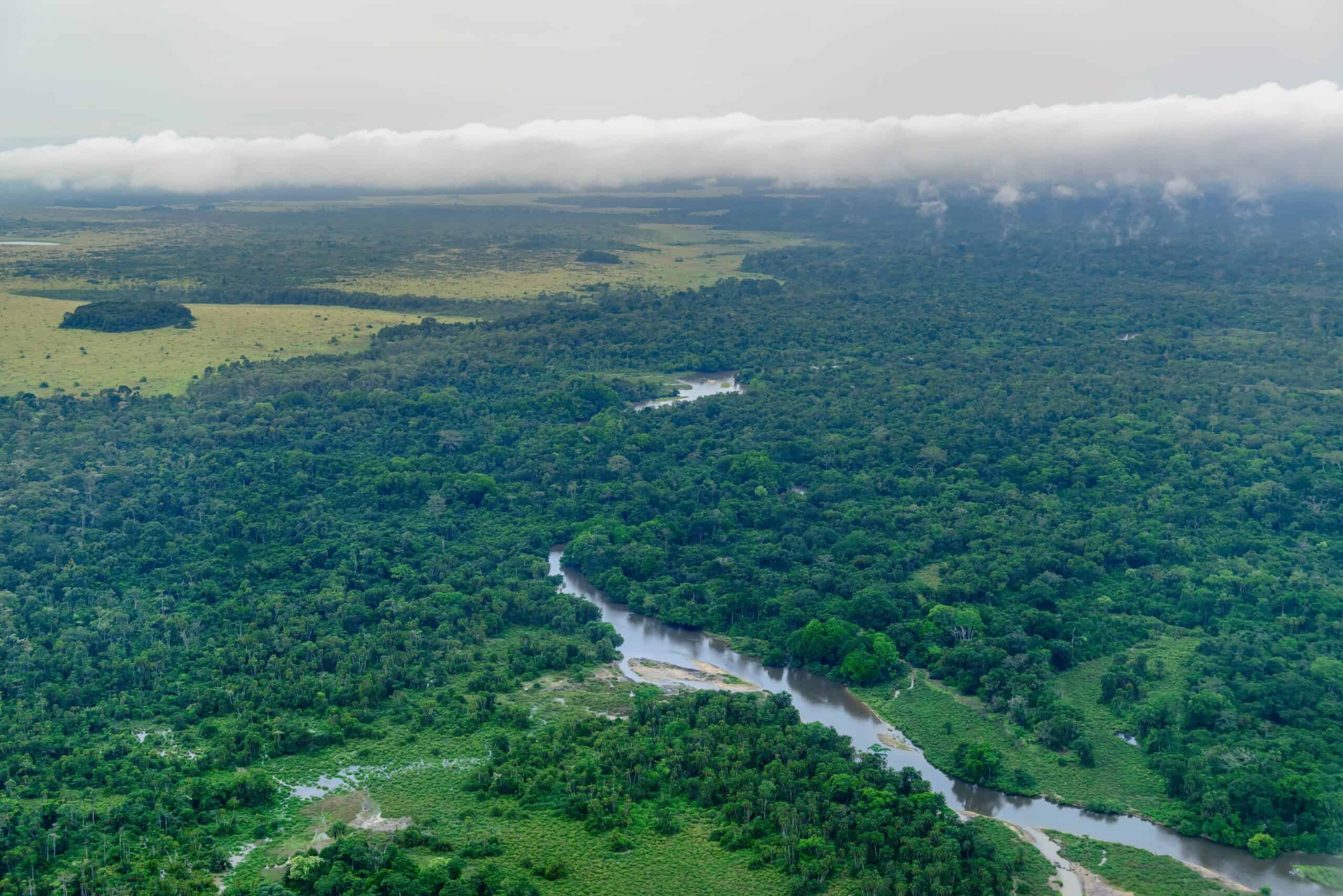
The Congo Basin, located in Central Africa, is a dense rainforest teeming with biodiversity. This vast region is home to numerous plant and animal species, many of which are still undiscovered. Thick vegetation and a network of rivers create a challenging environment for adventurers. The basin’s climate is hot and humid, with frequent rainfall. Navigating through the dense jungle is arduous, but the rewards of discovery are immense. The basin remains one of the most mysterious and biodiverse regions on the planet.
The Himalayas
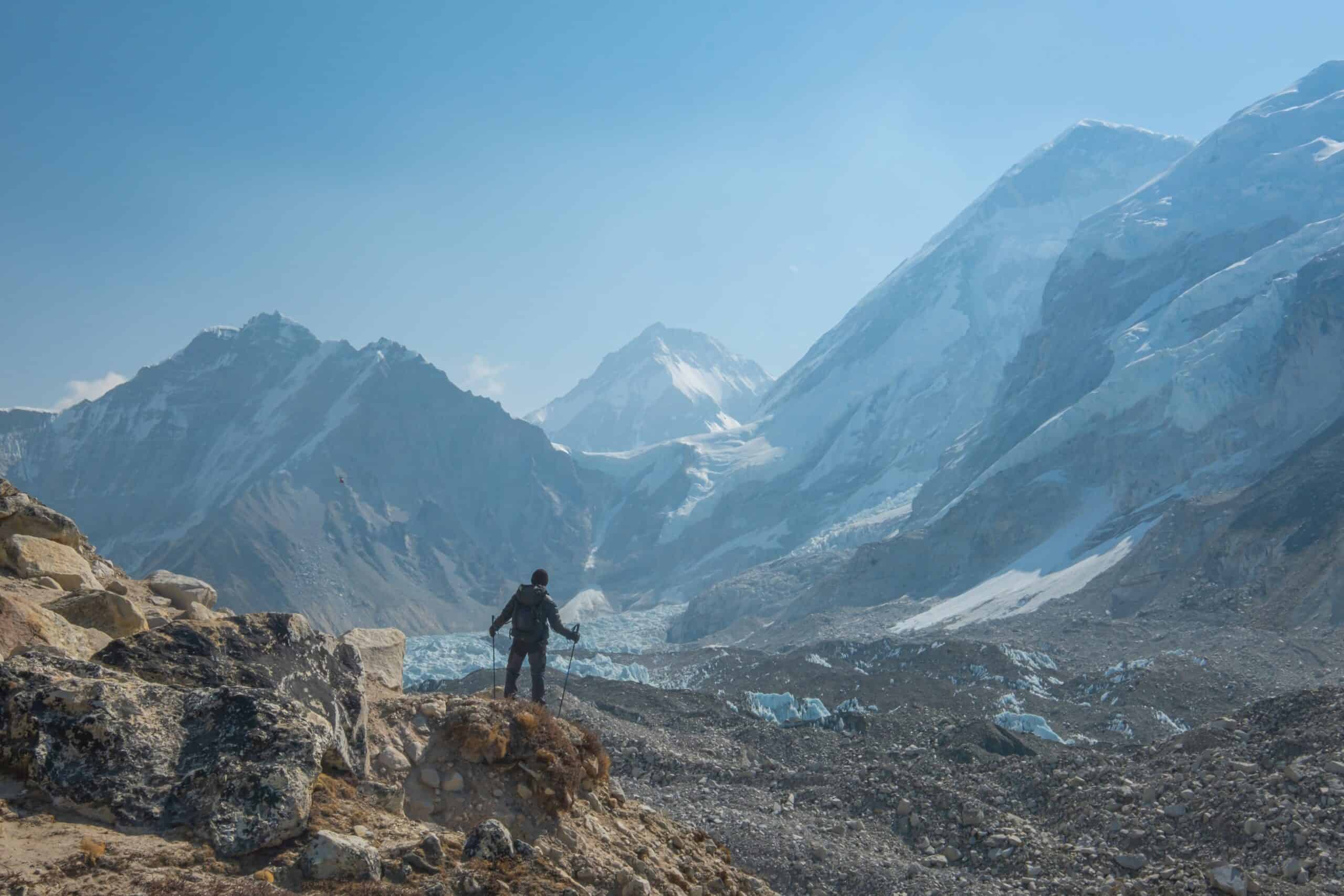
The Himalayas are the world’s highest mountain range, stretching across several countries in Asia. This majestic range includes Mount Everest, the tallest peak on Earth. The rugged terrain, high altitudes, and extreme weather conditions make it a challenging region to explore. Climbers and adventurers must be well-prepared to tackle the heights and cold. The region is also rich in cultural heritage, with numerous monasteries and traditional villages. Adventurers often seek to document the unique cultures and breathtaking scenery.
The Australian Outback
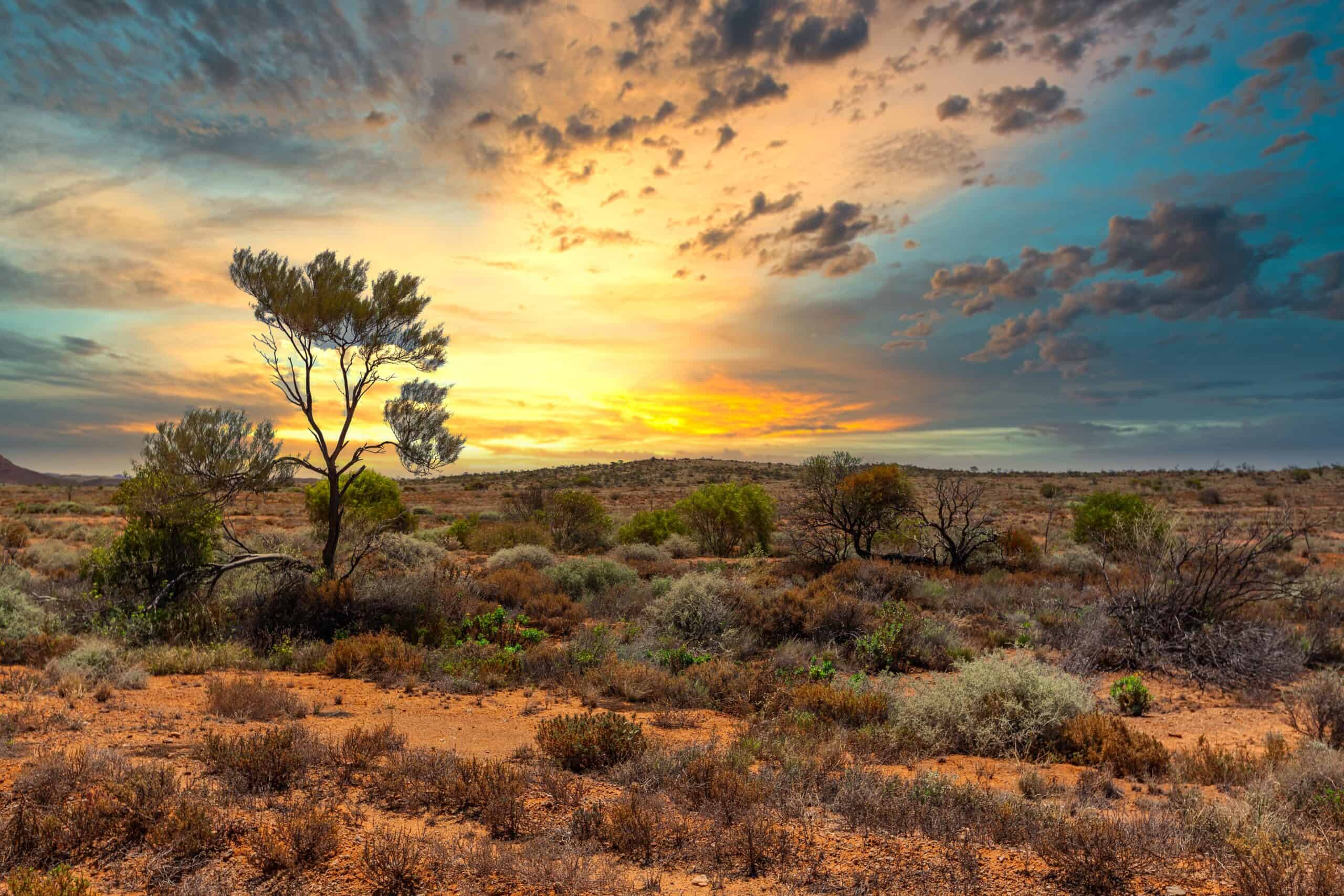
The Australian Outback is a vast, remote region covering much of the continent. This arid area features deserts, rocky ranges, and sparse vegetation. Temperatures can be extreme, with scorching days and cold nights. The Outback’s isolation and harsh conditions pose significant challenges for adventurers. Despite its desolation, the Outback has a unique beauty and is home to diverse wildlife, including kangaroos, emus, and dingoes. The Australian Outback remains a captivating and formidable destination for those seeking adventure.
The Greenland Ice Sheet
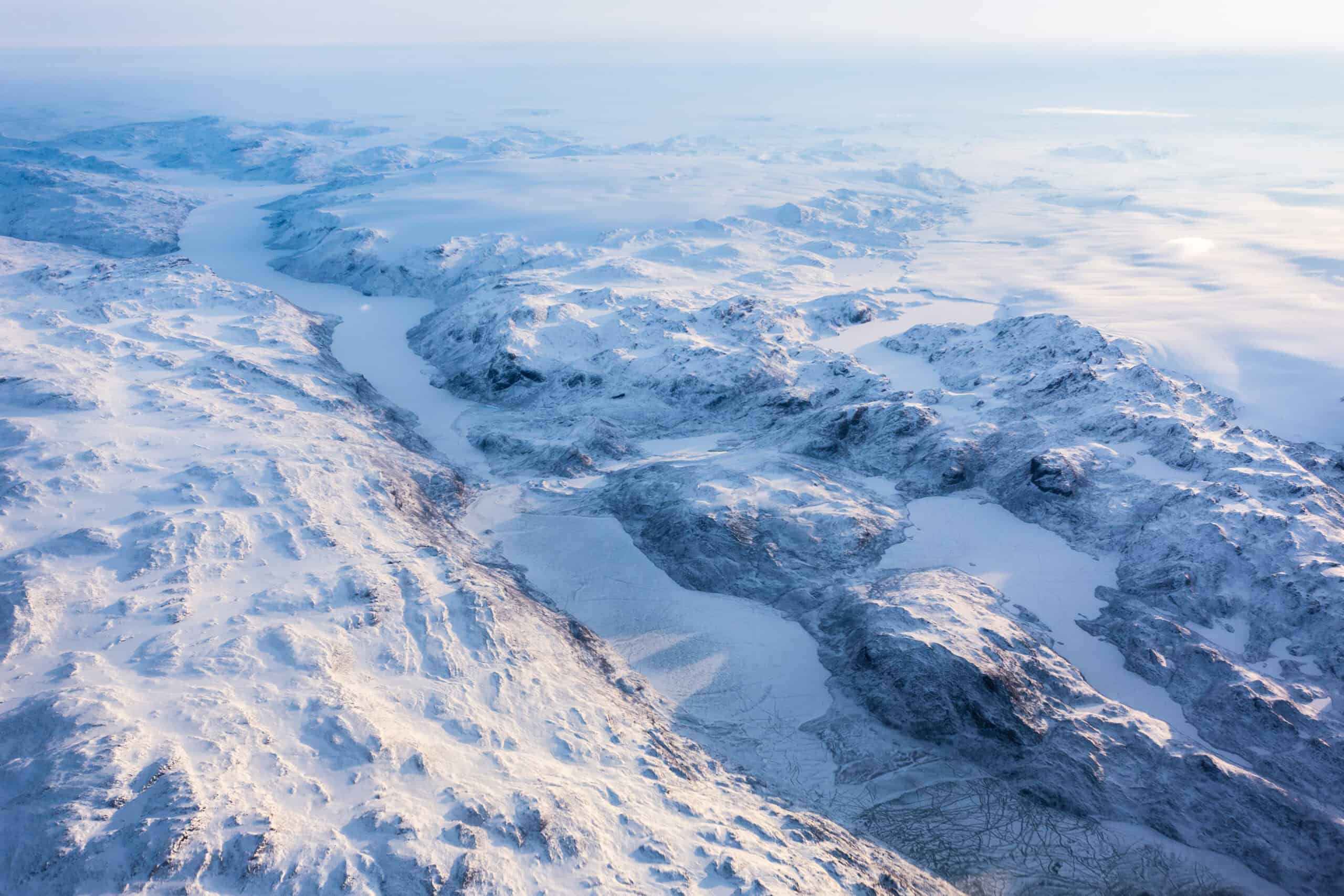
The Greenland Ice Sheet is a massive expanse of ice covering roughly 80% of Greenland. It’s one of the largest ice masses in the world, second only to Antarctica. This icy wilderness presents extreme cold and harsh weather conditions. Explorers often face blizzards, crevasses, and isolation. Despite the challenges, the ice sheet offers stunning, otherworldly landscapes. Scientists study the Greenland Ice Sheet to understand climate change. Melting ice from this region significantly impacts global sea levels. Adventurers document the beauty and changes occurring in this frozen expanse.
The Andes Mountains
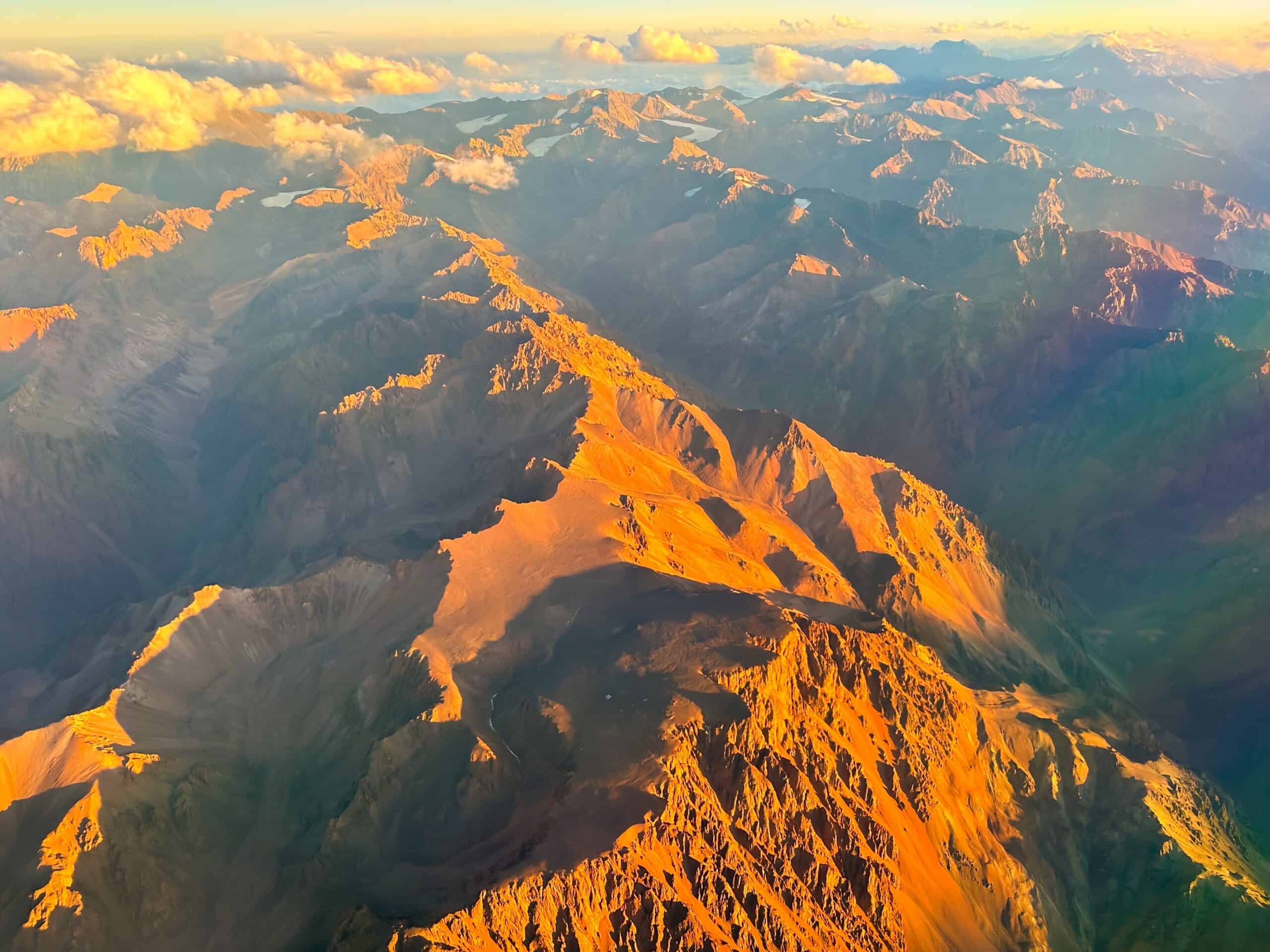
The Andes Mountains stretch along the western edge of South America. They are the longest continental mountain range in the world. This rugged terrain features towering peaks, active volcanoes, and deep valleys. Climbers and adventurers face high altitudes and unpredictable weather. Despite these challenges, the Andes offer breathtaking views and unique ecosystems. The Andes Mountains remain a fascinating destination for explorers and historians alike.
The Atacama Desert
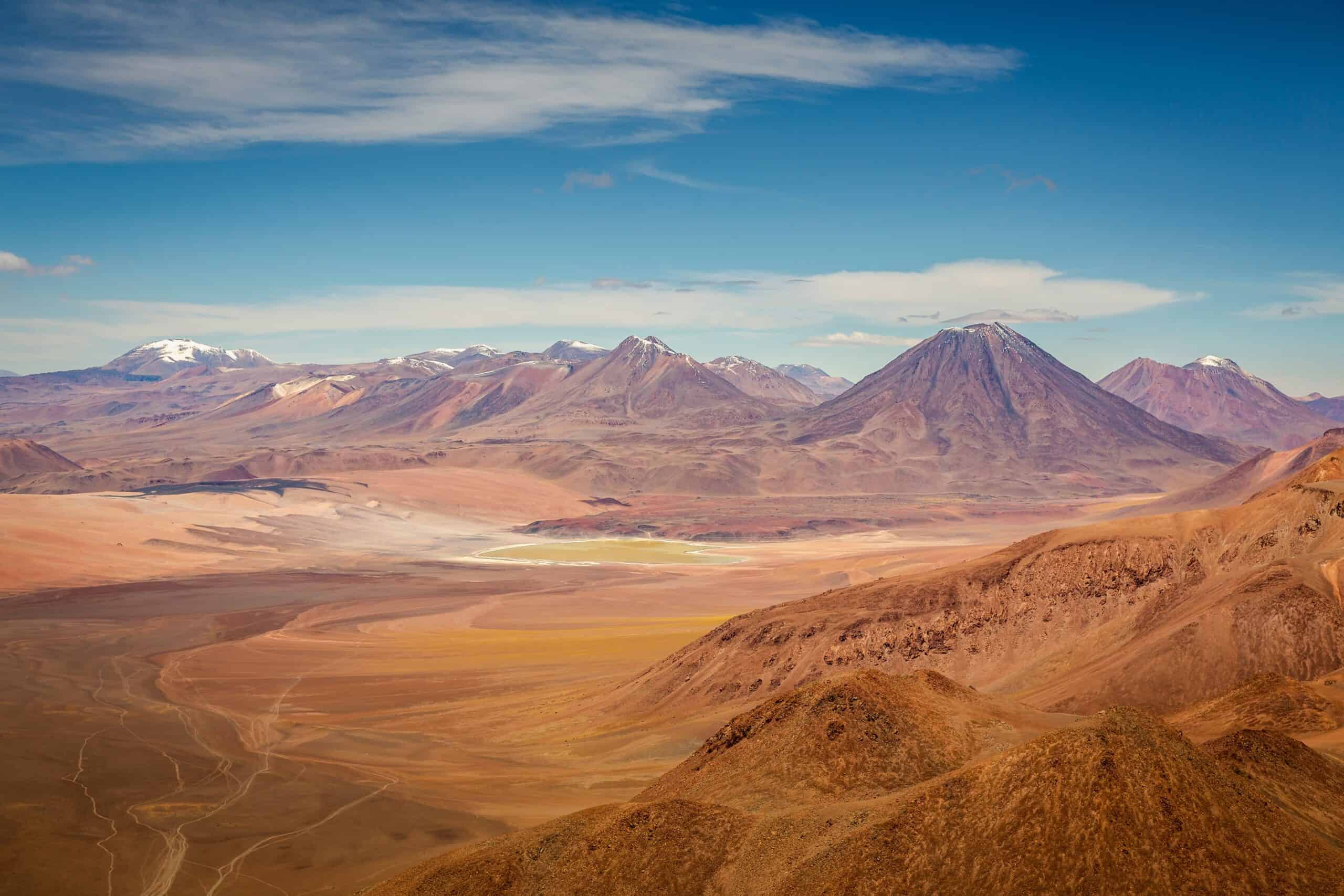
The Atacama Desert is one of the driest places on Earth. Located in northern Chile, it receives almost no rainfall. This arid landscape is characterized by salt flats, sand dunes, and rocky terrain. Adventurers face extreme temperatures and limited water sources. Astronomers favor the Atacama for its clear skies and minimal light pollution. Numerous observatories are located here, making it a hub for astronomical research. The desert also features unique geological formations and ancient petroglyphs.
The Namib Desert
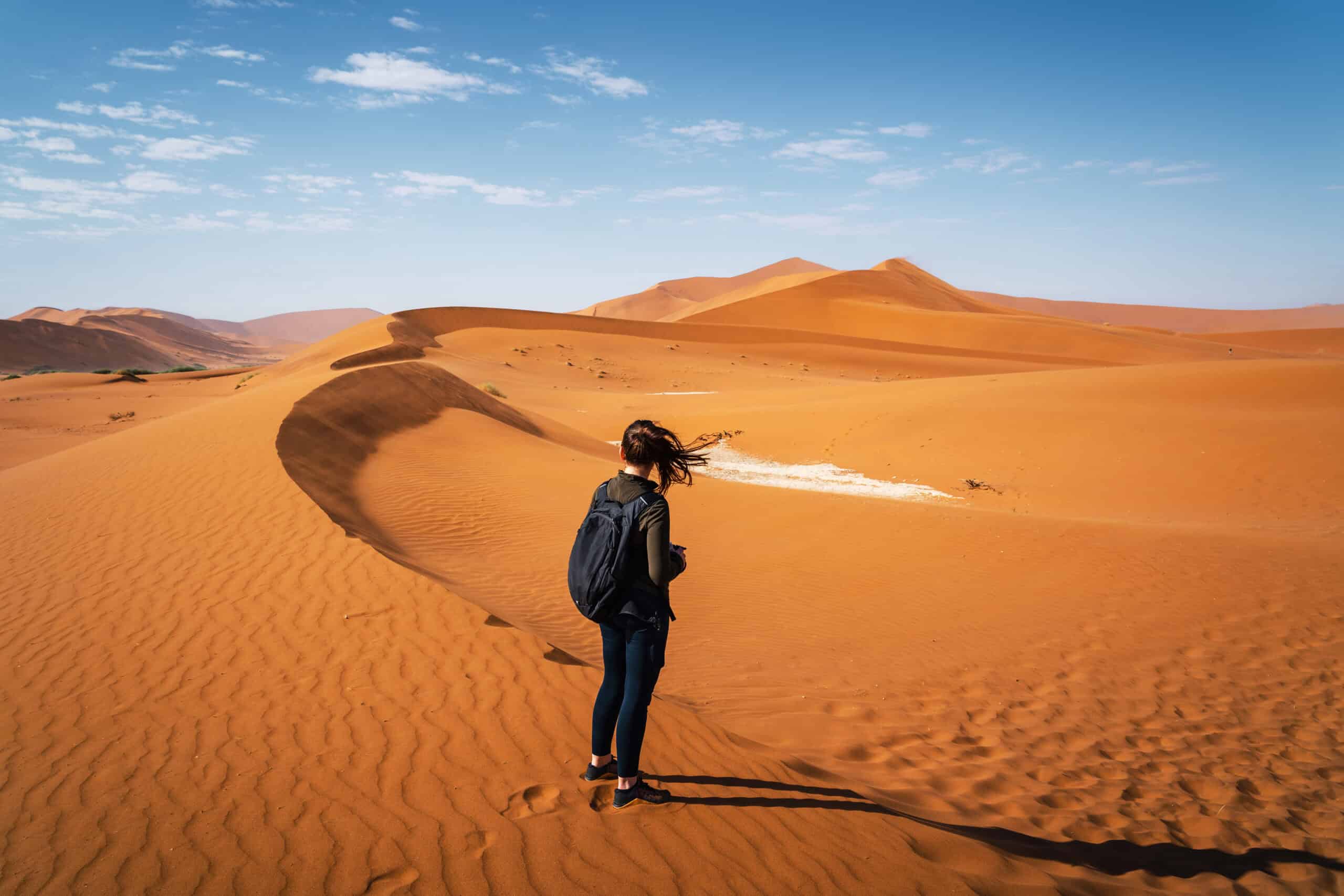
The Namib Desert is one of the oldest deserts in the world. It stretches along the coast of Namibia in southern Africa. This desert is known for its towering sand dunes, some of the highest in the world. The Namib’s climate is extremely arid, with temperatures fluctuating drastically between day and night. Adventurers must be well-prepared to navigate this harsh environment. Explorers document these adaptations, providing insights into survival in such a hostile environment.
The Patagonian Wilderness
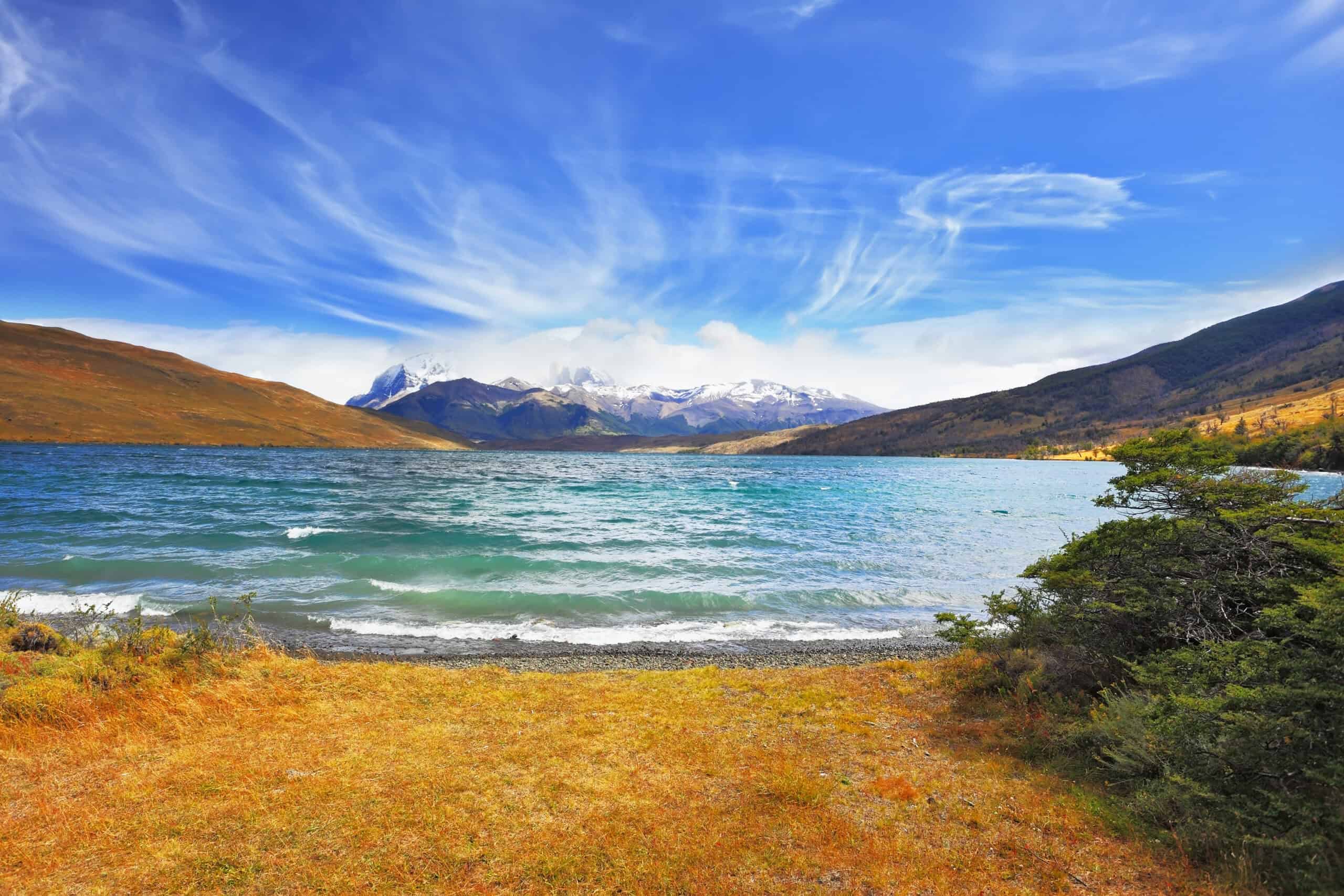
The Patagonian Wilderness spans the southern regions of Argentina and Chile. This remote area features rugged mountains, vast plains, and icy glaciers. The weather here is notoriously unpredictable, with strong winds and sudden storms. Adventurers face challenging conditions while exploring this wild and beautiful region. Patagonia is home to diverse wildlife, including guanacos, condors, and pumas. The region’s dramatic landscapes offer stunning vistas and unique geological formations. Adventurers often document these natural wonders and the challenges of traversing Patagonia.
The Antarctic Plateau
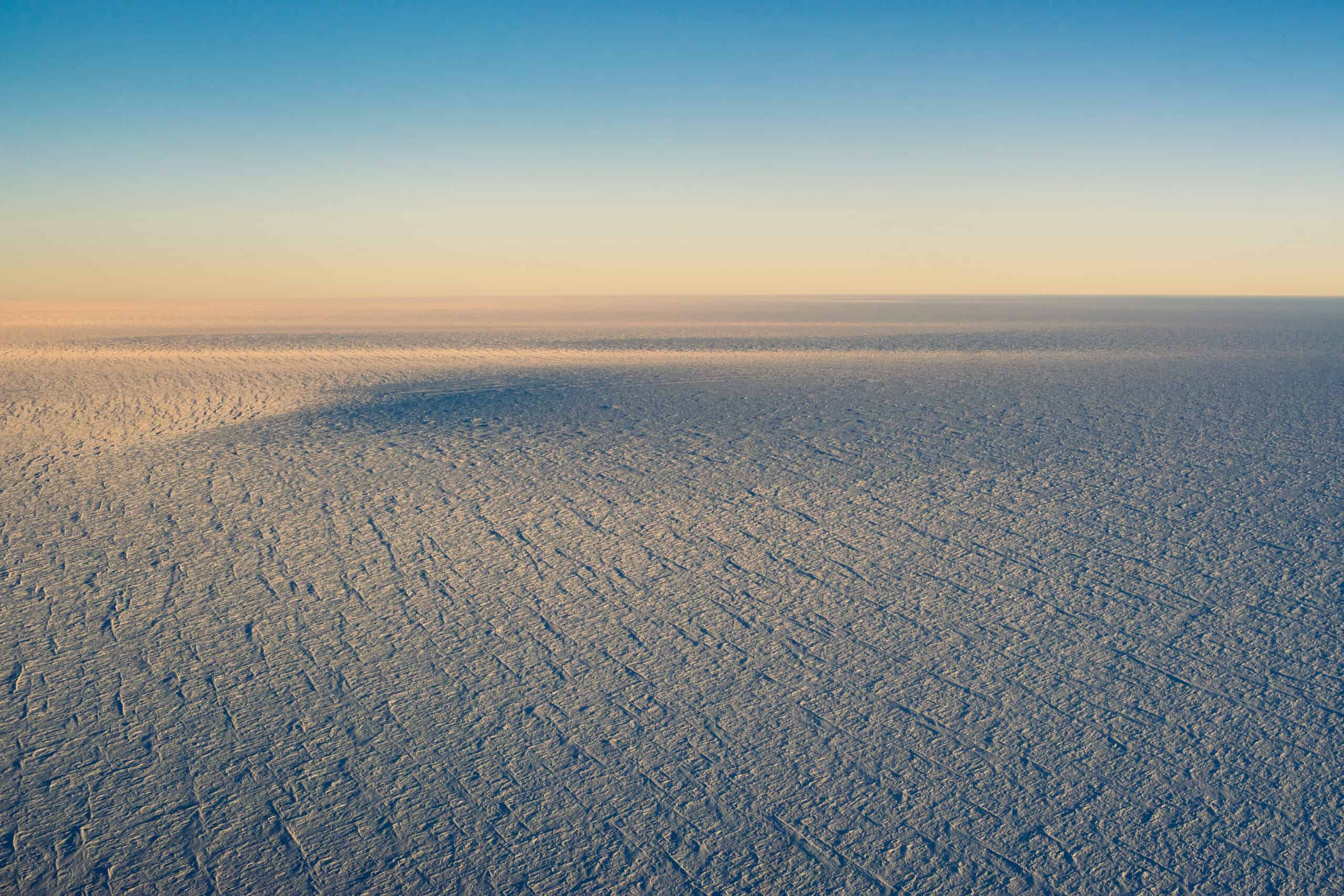
The Antarctic Plateau is one of the most remote and inhospitable places on Earth. Located at the heart of Antarctica, it’s a vast, icy expanse. The plateau experiences some of the coldest temperatures on the planet. Explorers face extreme cold, high altitudes, and isolation. Despite these challenges, the plateau offers a stark, pristine beauty. Scientific research stations dot the Antarctic Plateau. Researchers study climate, ice, and unique microorganisms. Adventurers document the harsh conditions and stunning landscapes.
The Kalahari Desert
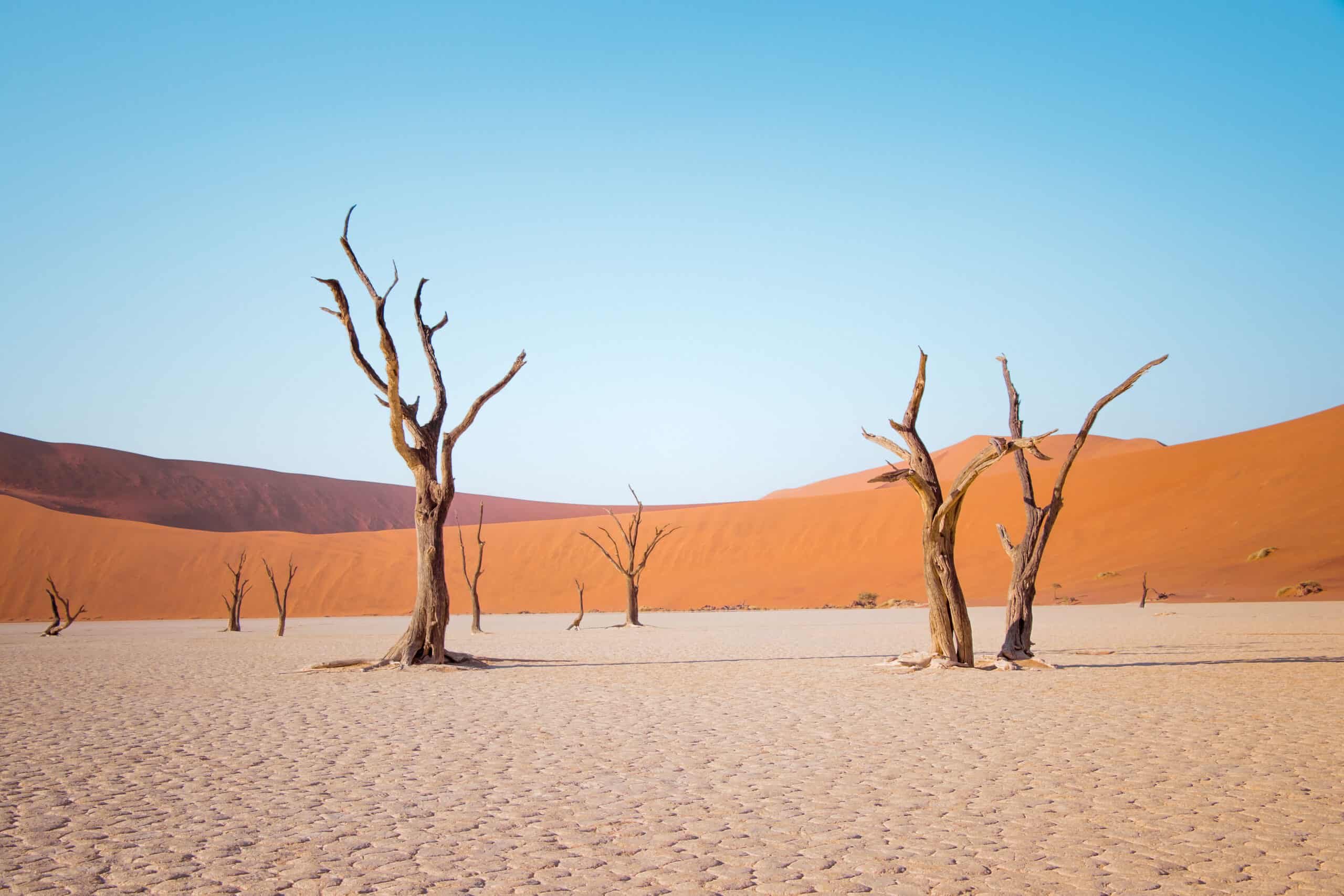
The Kalahari Desert spans Botswana, Namibia, and South Africa. This semi-arid region features sandy plains, dry riverbeds, and sparse vegetation. The climate is hot and dry, with seasonal rains transforming parts of the desert. Adventurers face extreme heat and the challenge of finding water. Despite these conditions, the Kalahari supports a diverse range of wildlife. Adventurers document their traditional lifestyles and survival strategies. The Kalahari’s unique ecosystems and cultural history make it a fascinating destination for exploration.
This article originally appeared on Rarest.org.
More from Rarest.org
8 Most Collectible Vintage Christmas Ornaments

Vintage Christmas ornaments hold a special charm, making them highly sought after by collectors. Their history and craftsmanship add to their appeal, transforming them into treasured keepsakes. Read More.
15 Most Prized Antique Scientific Instruments

Antique scientific instruments hold a special place in the history of science. They showcase human ingenuity and the pursuit of knowledge. Read More.
1973 Kennedy Half Dollar Value Guide

Are you looking for a new coin to add to your collection? If yes, you must consider having the 1973 half dollar coin. Read More.
